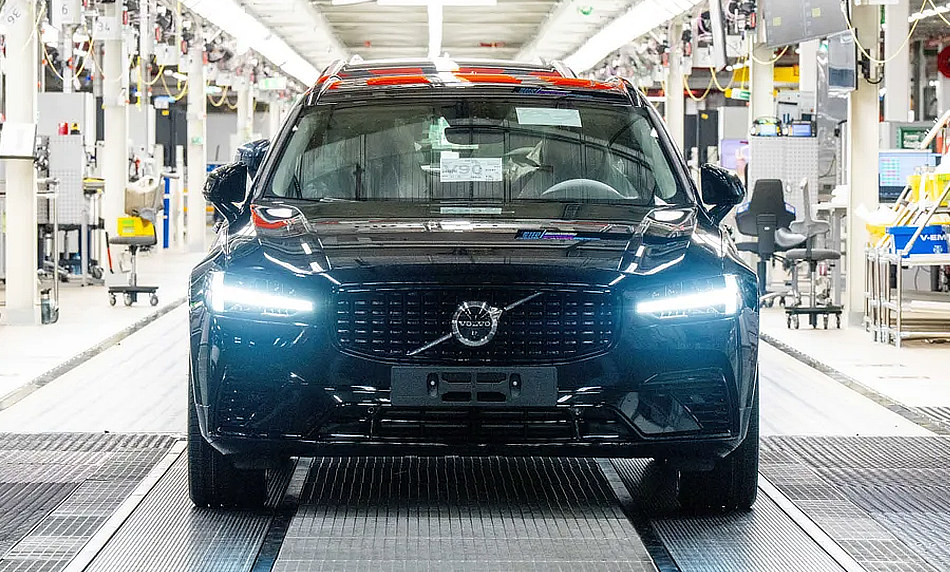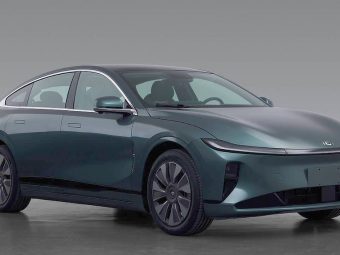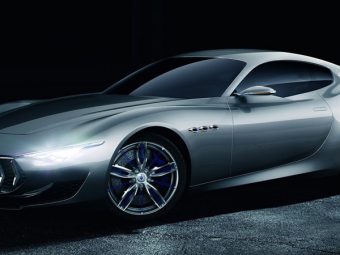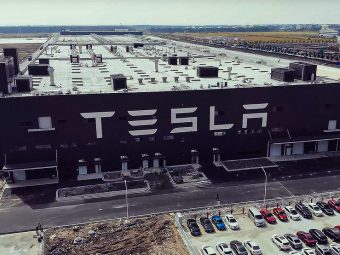They call it a wagon in the United States. Here in Britain, we call it an estate. The Volvo V90 — that elegant, unhurried expression of Scandinavian design — has now reached the end of its journey. It was never a car built to dominate or dazzle, but to accompany. It asked for no attention; it simply worked, quietly and faithfully, embodying a kind of quiet elegance.
Introduced in 2016, the V90 spoke in a softer voice than its German rivals. It didn’t posture or perform. It offered balance, comfort, and grace — a cabin that felt like a refuge, not a status symbol. While the market screamed for power and excess, the V90 stood as a reminder that luxury could still mean calmness, that strength could still mean restraint.
But markets are impatient. They have no language for subtlety. After 250,000 sales, the V90 was retired not by failure, but by indifference — by a public drawn toward the towering presence of SUVs. Only 7,000 V90s were sold in 2025, too few to justify its survival.
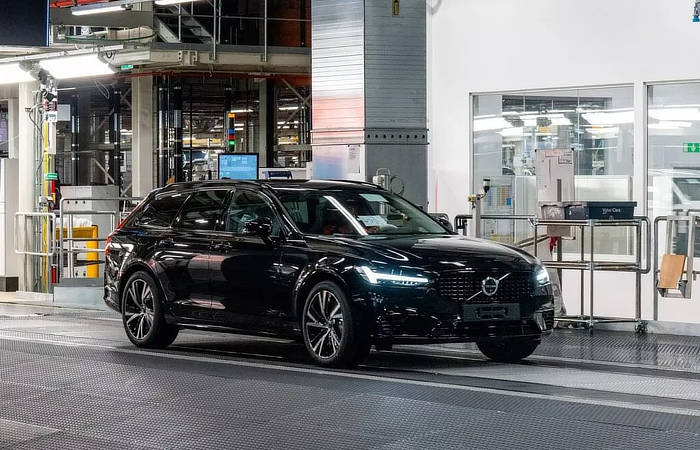
And yet, there is hope in the V90’s passing. It endures as more than a car — it is a statement of what once mattered, and what can matter again. The quiet pursuit of quality. The belief that design can serve the human spirit rather than the market.
Perhaps, as we grow weary of the noise and excess, we will remember what the V90 represented. Perhaps the pendulum will swing back — toward proportion, toward elegance, toward things made not merely to sell, but to last.
The end of the V90 is not just a farewell; it is an invitation to begin again. The last-ever Volvo V90 left the production line in Sweden, destined for a well-deserved retirement at the World of Volvo museum in Gothenburg.
